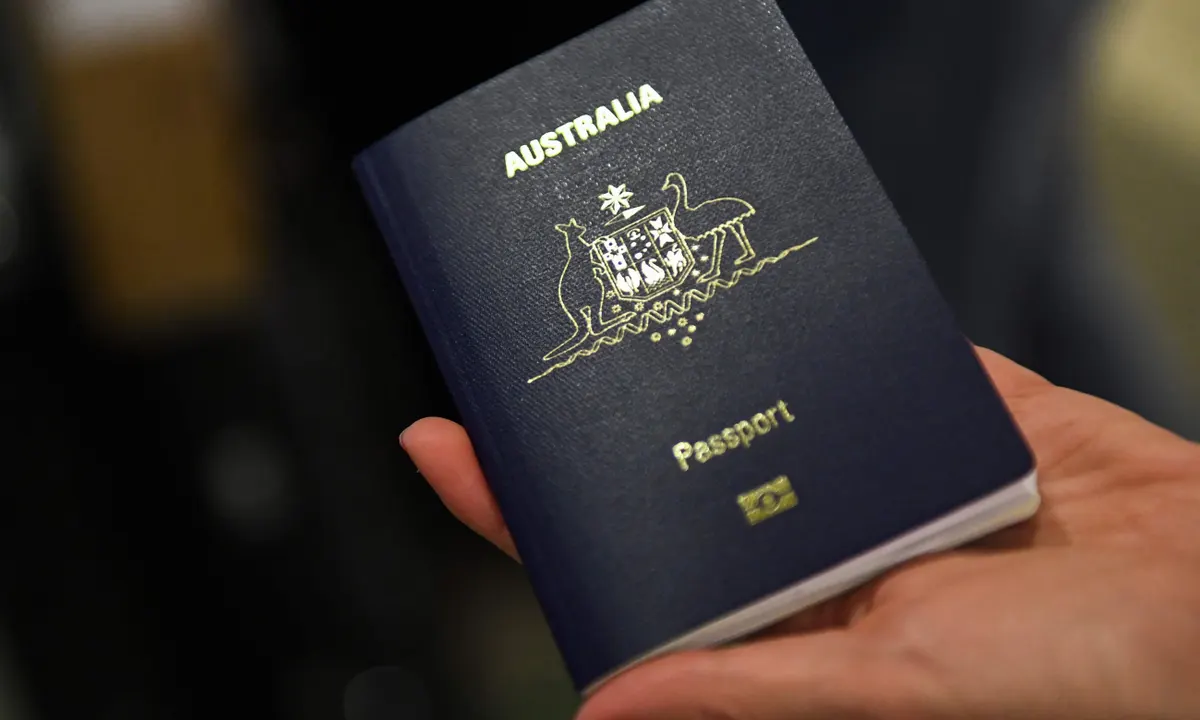AUSTRALIA (Commonwealth union)_AThe new administration led by Labor’s Anthony Albanese has already significantly altered Australia’s immigration laws and started to address the visa backlog.
The government has promised to examine the usefulness of skilled migration occupation listings, which some people say are out-of-date, so there may be even more changes in 2023.
The COVID-19 pandemic had barely begun when the most recent update to the current Skilled Migration Occupation List was made on March 11th, 2019.
The administration declared shortly after taking office that the permanent migration programme would increase from 160,000 to 195,000 spots for skilled and family visas in 2022–2023. The number of skilled visas made available through the programme will rise from 79,600 to 142,400, according to the budget released in October.
Aside from removing age restrictions for 457 visa holders, the government also announced revisions to subclass 482 Temporary Skill Shortage (TSS) visas that would allow individuals to petition for permanent residency. Additionally, subclass 462 Working Holiday Maker Visa eligibility was increased.
According to recent estimates, over 19,000 refugees with temporary protection visas will soon be able to seek for permanent residency in Australia. An announcement is expected in the coming months. However, a spokesperson for the Home Affairs Department claimed that the administration had not confirmed this.
In July 2023, a new visa will be established, offering 3,000 spots for qualified immigrants from the Pacific region and Timor Leste. Each year, vacancies for the Pacific Engagement visa (PEV) will be distributed by ballot. In addition to the openings in Australia’s permanent migration programme, these visas will be made available.
Australian residents of New Zealand will receive priority processing for their applications for Skilled Independent (Subclass 189) visas. The department no longer requires applicants to have lived in Australia for at least five years, achieve specific taxable income thresholds, or meet certain health conditions in order to be granted a visa. Until clear the backlog in the system, the department will not be accepting new visa applications from 10 December 2022 to 1 July 2023.
According to the department website, the following streamlining measures “acknowledge that this group of New Zealand citizens are long-term residents of Australia, have been working here, and have contributed to Australia’s economic recovery during the COVID-19 epidemic.”
Those who are granted visas will have quicker access to the perks of permanent residency, such as immediate enrollment in the National Disability Insurance Scheme and automatic citizenship for their Australian-born children.
Beginning on January 1, 2023, those who receive a New Zealand stream visa will also have their citizenship pathway expedited.
The number of visas available through the states and territories is expected to drastically expand as a result of the bigger regional allocation, according to former Department of Immigration Secretary Abul Rivzi.
Several states are changing their systems to make them run more rapidly because, as Mr. Rizvi said, some are having trouble providing services quickly enough.
A representative for the Department of Home Affairs stated that the department has established a planning level of 31,000 spots for regional category (subclass 491) and 34,000 additional places in the regional category (subclass 190), the majority of which are nominated by state and territory administrations.
Additional 5,000 visas will be issued under the company innovation and investment programme (subclass 188). Before the COVID-19 pandemic significantly reduced Australia’s migration statistics in 2018–19, just 647 skilled regional visas and around 25,346 state and territory nominated visas were issued.
States and territories are making it simpler for people to apply for state-nominated visas by loosening up several of their requirements, including their listings of specialised occupations. One of the main benefits of a state-sponsored visa is that it is not dependent on one employer, albeit applicants must be under 45 and must also secure their own employment. Most recently, NSW modified the criteria for applicants for visas.
An announcement on the NSW Government website indicates that “previously published points scores and work experience guides for the Skilled Nominated visa (subclass 190) have been removed due to increasing availability of the Skilled Independent visa (subclass 189) by the Department of Home Affairs.”








